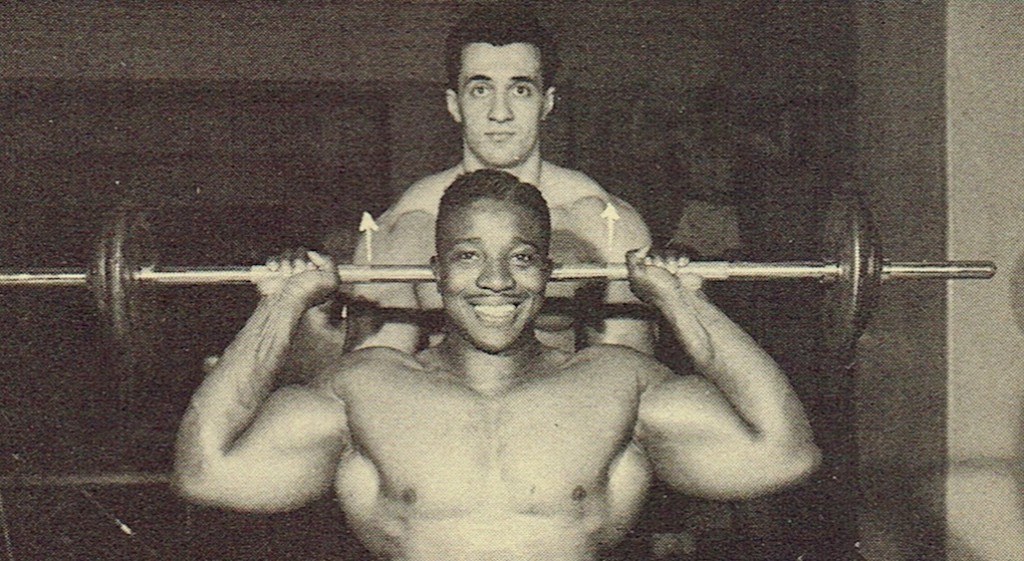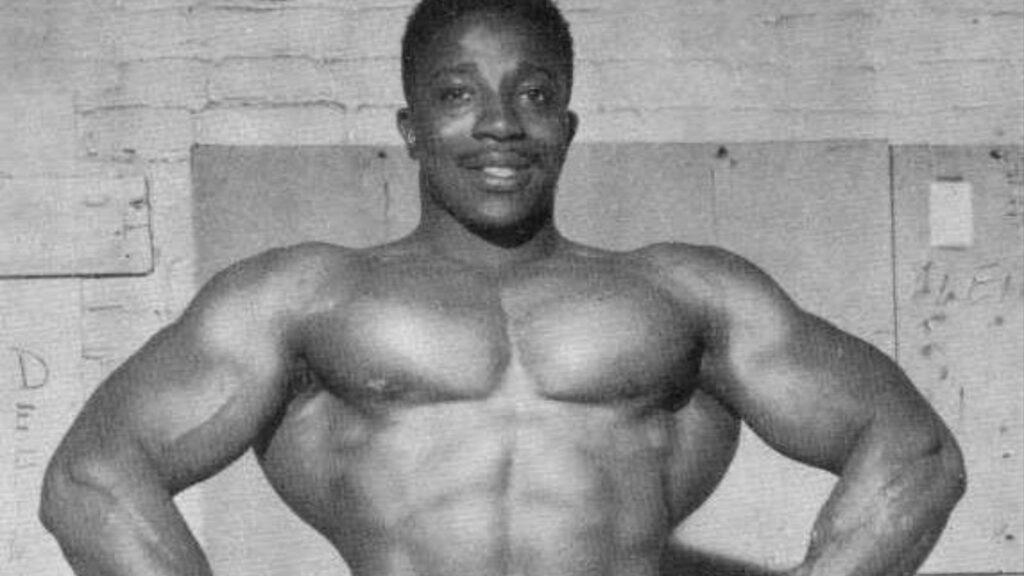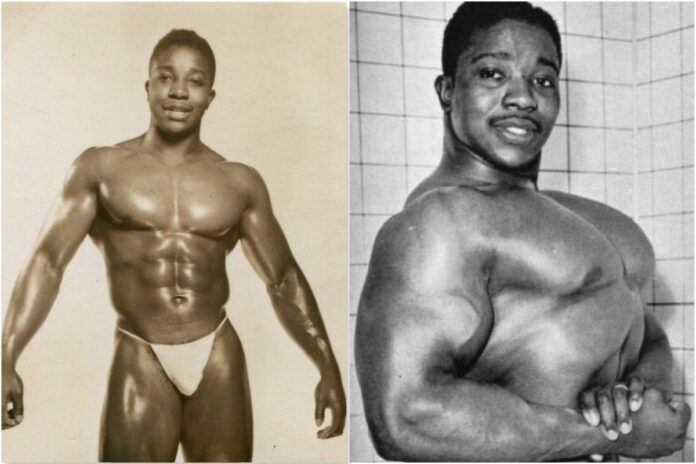Leroy Colbert, the former NFL player who was paralyzed in a game and went on to become an inspirational speaker, died at the age of 45. He had been battling cancer for years.
Leroy Colbert is an American bodybuilder and actor. He has appeared in movies such as The Terminator and Conan the Barbarian.
Following up on my last post, many readers would appreciate the advice given here by retired bodybuilder Leroy Colbert.
Colbert, who was born in 1933, is most renowned for his enormous arms, which he naturally grew as a young bodybuilder. Unfortunately, a terrible motorbike accident in 1955 cut short his bodybuilding career. Despite his brief career, he was elected into the International Federation of Bodybuilding and Fitness Hall of Fame in 2003.
Colbert’s Youtube channel was not something I was aware of till lately. He has films on a wide range of subjects, but it was the video above that caught my eye. First and foremost, he still has big arms for an 81-year-old guy, which is very remarkable. But, more significantly, Colbert brought up a key issue about workout frequency. Although I am not nearly half his age, I have observed that maintaining my present level of strength and fitness does not take as much time as it used to.
It wasn’t unusual for me to workout several times a day for a total of 3+ hours of training every 24 hour period many years ago. I no longer have time to workout for many hours a day now that I am older and have more obligations in life (such as job and family). I’m fortunate if I get an hour of undisturbed time, as I stated in my last post.

Despite doing less training than I did when I was younger, I am stronger than I have ever been. While I do not attribute my improved strength to shorter exercises, I do acknowledge the importance of the foundation that I laid over many years. Whatever I accomplish now, I am still, at least in part, a product of my history.
Despite this, an athlete’s history seldom gets the consideration it deserves when evaluating their present skills. Focusing on what we can see with our own eyes is much more frequent. However, this is a mistake. What you can accomplish today is dependent, at least in part, on what you were able to achieve before. Athletes do not emerge from nothing. It is a time-consuming procedure. As a result, always begin by scrutinizing someone’s history when evaluating what they do now.
For example, I was recently asked how frequently I do the core-based pushups that I demonstrated last week. A young guy approached me and asked if he may imitate what I do. Unfortunately, it is not as simple as that. I told him that I’d been doing standing rollouts since before he was even born. It wouldn’t make sense for him to imitate me right now. He hasn’t laid the groundwork that took me years to put in place. As a result, just because I can execute a rollout variant every day doesn’t imply it’s right for everyone else. What I’m doing today is closely linked to what I’ve been doing for a long time.

In conclusion, while analyzing the present, always keep the past in mind. This is especially true for strength, since maintaining prior levels is frequently simpler than achieving them. With the passage of time, it is feasible to maintain high levels of strength without the marathon lifting sessions that you may have engaged in as a child.
Please note that I am not recommending that you just exercise once or twice a week. Every day, I train, and I wouldn’t have it any other way. My argument is that you may achieve success without spending hours upon hours each day in the gym. There’s something to be said about valuing quality above quantity. This is particularly true for individuals who began their fitness journey at a young age.
“Experience cannot be created. You gotta go through it.” Albert Camus is a French philosopher.




